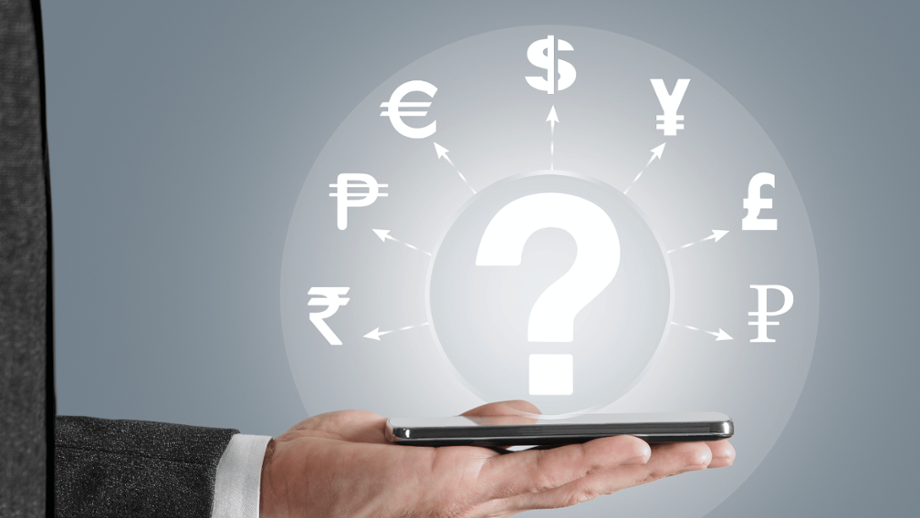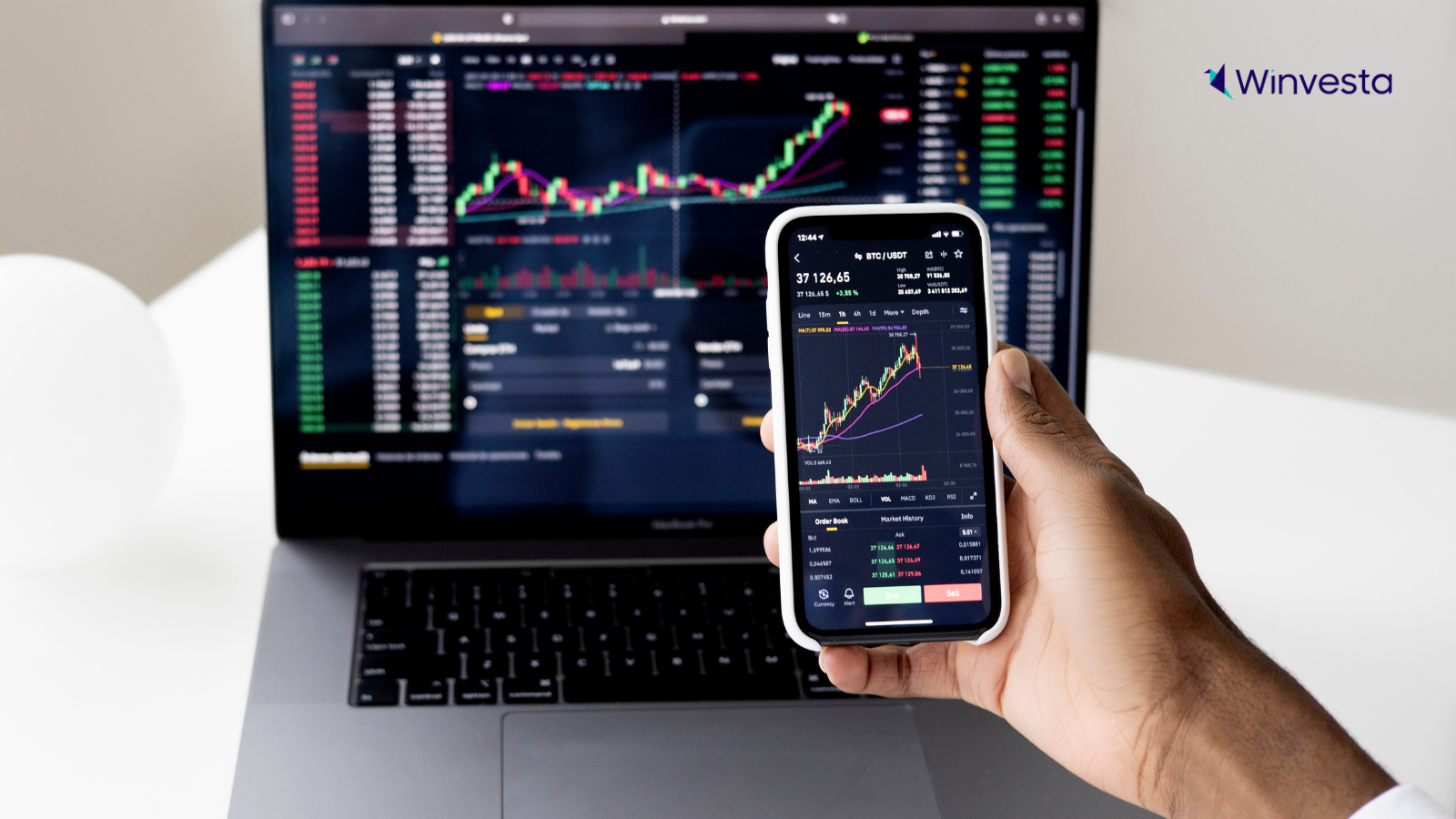Contents
Sharpen your FX knowledge: Spot rate and Forward rate
4 minutes read
30 July 2024

Receiving payments from clients who use different currencies can be tricky. Understanding how to exchange money from one type to another is important so you don’t lose money or miss out on good opportunities.
To ensure you handle international payments confidently, knowing about the spot rate and the forward rate is essential. These rates can impact how much money you get when you exchange one type for another.
In this article, we’ll explain the spot and forward rates and how they differ. With this knowledge, you can make informed decisions and ensure that you receive the correct amount of money from your new international clients. So let’s get started!
What is a Spot Rate?
A spot rate is the current foreign exchange rate for a specific currency. It’s the rate at which you can buy or sell that currency at that particular moment. So, for example, if you need to exchange US dollars for Indian rupees right now, the spot rate is the exchange rate you’ll use.
These exchanges are straightforward. They’re executed quickly, with the currencies exchanging within two business days. Thus spot exchanges are ideal for people who need immediate payments or exchanges.
The main benefit of using spot rates is clarity and certainty. With a spot exchange, you know exactly what exchange rate you’re getting, so you don’t have to worry about surprises or guesswork. This makes spot rates a popular choice for people who want to pay for foreign goods, pay foreign contractors, or need to make last-second currency exchanges.
To execute a spot exchange, two parties agree to exchange one currency for another at a specific rate. They’ll also agree on the settlement date and exchange bank information, if necessary. Once the terms are agreed upon, the transaction is completed quickly and efficiently at the spot rate.
What is a Forward Rate?
A forward rate is a fixed interest rate assigned to a financial transaction that’s yet to occur. The rate is agreed upon by parties to safeguard against market interest rate changes. By agreeing to a forward rate, both parties can have more financial security and lessen the risk of financial loss due to changes in interest rates.
Imagine a software development company based in India with a United States client. The client wants to purchase the software at a specific price, but the exchange rate between the Indian rupee and the US dollar may fluctuate, making it difficult to agree on a final price.
To mitigate this risk, the software development company and the US client can use a forward rate. They agree to a fixed exchange rate for the transaction at a specific date in the future, eliminating any uncertainty around the final price of the software due to currency fluctuations.
Forward rates can be a useful tool for businesses with international clients who want to transact in different currencies. It can help them manage currency risk, eliminate uncertainty around prices, and provide a stable and predictable financial environment for their business transactions.
Examples of When to Use Spot and Forward Rates
There are different situations where a spot or forward rate may be more appropriate. Here are some examples:
Spot Rates
- Urgent Payments: If you need to receive an urgent payment from a foreign supplier or contractor, you may need to use spot rates. This is because spot rates are executed quickly, with the currencies exchanging within two business days.
- Fixed Budget Payments: If you have a fixed budget for a particular payment and don’t want to risk changes in the exchange rate, you may prefer to use spot rates. This can help you avoid surprises or guesswork with the exchange rate and ensure you don’t exceed your budget.
- Small Payments: If you are receiving a small payment to a foreign client, setting up a forward rate may not be worthwhile. In this case, spot rates are a more straightforward and convenient option.
Forward Rates
- Future Payments: It may be wise to use a forward rate if you know you’ll receive a foreign currency at a future date. This can help you lock in an exchange rate and avoid the risk of fluctuations in the exchange rate that could affect the final amount you need to pay.
- Long-term Contracts: If you have a long-term contract with a foreign supplier or contractor, using a forward rate can help you avoid any uncertainty around exchange rates that could impact the profitability of the contract. A forward rate can help you ensure you receive the correct amount of money over the contract’s life.
- Large Payments: If you receive to make a large payment to a foreign client, setting up a forward rate may be worthwhile. This can help you avoid any surprises with the exchange rate and ensure that you receive the correct amount for the payment.
Alternatives to Spot and Forward Rates
While spot and forward rates are two of the most common ways to exchange currencies, there are other options available. These include:
- Currency options: Currency options are contracts that give the holder the right, but not the obligation, to buy or sell a specific currency at a predetermined price and date. Currency options can be useful for hedging against currency risk while allowing the holder to benefit from favourable exchange rate movements.
- Currency swaps: Currency swaps are agreements between two parties to exchange a certain amount of one currency for another currency at an agreed-upon rate, with a commitment to reverse the transaction at a future date. Currency swaps can be useful for businesses with long-term financing needs, such as those investing in foreign assets.
Conclusion
To work with other countries, it’s vital to know about spot rates and forward rates. Spot rates are for right now, and forward rates are for later. Choosing which rate to use depends on how quickly you need the money and how much risk you will take. But what’s most important is knowing about these rates to get the right amount of money without losing any.
Are you receiving payments from an international client and looking for ways to avoid high transactional fees? Winvesta offers a convenient solution with its global collection accounts. By opening a multi-currency account with a local US, UK or SEPA IBAN account number and CAD receiving account, both individuals and businesses can receive payments from 180 countries in over 30+ currencies while saving time and money. Withdrawals to INR are processed in as little as one day, with rates starting at just $3 + 0.99%.
Open your Winvesta account today!



